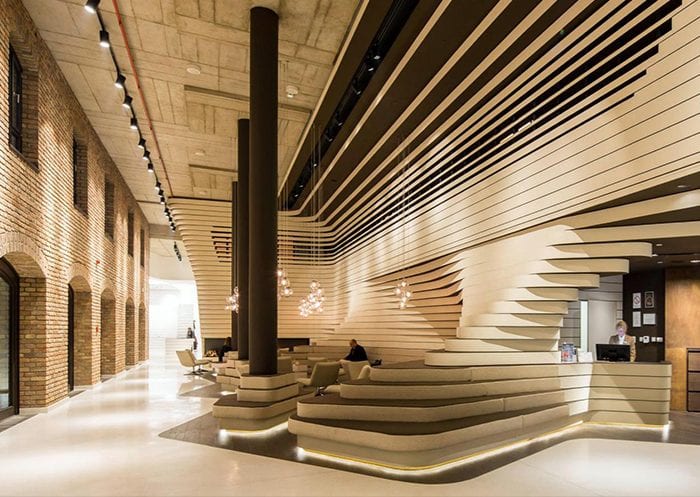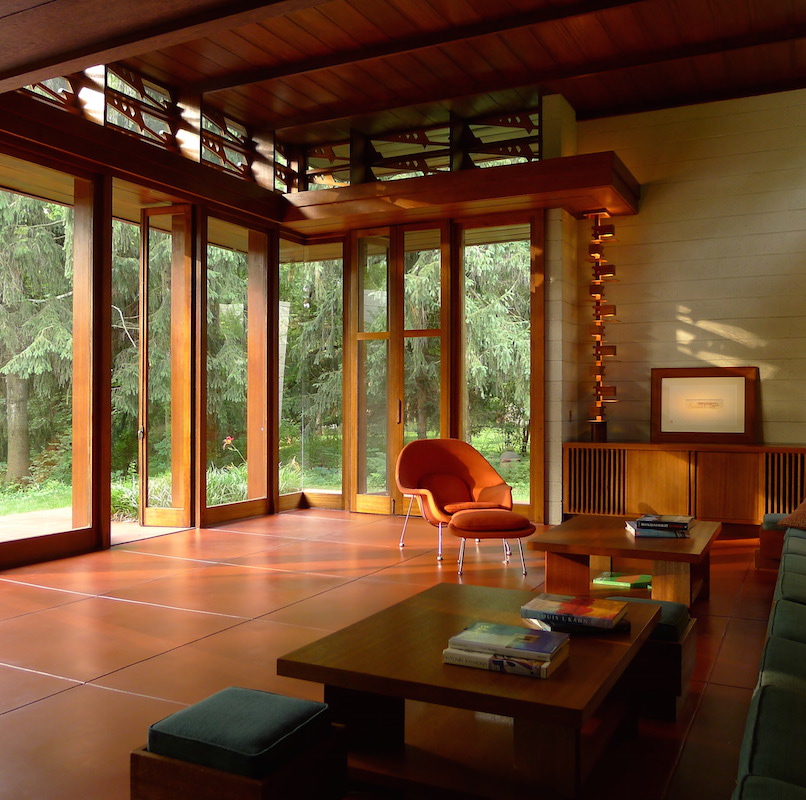The Art of Equilibrium: Exactly How Interior Design and Home Engineer Collaborate for Stunning Results
In the world of home style, striking a balance between aesthetics and functionality is no little task. This delicate balance is attained through the harmonious partnership in between indoor developers and architects, each bringing their one-of-a-kind expertise to the table. Remain with us as we check out the ins and outs of this collaborative procedure and its transformative effect on home design.
Understanding the Core Differences In Between Interior Style and Home Architecture
While both indoor layout and home architecture play important functions in producing aesthetically pleasing and practical areas, they are inherently different self-controls. It deals with the 'bones' of the framework, working with spatial dimensions, load-bearing wall surfaces, and roofing system layouts. On the other hand, indoor style is a lot more worried with boosting the sensory and visual experience within that framework.
The Harmony In Between Home Design and Interior Design
The harmony in between home style and Interior Design depends on a common vision of design and the enhancement of practical appearances. When these two fields line up harmoniously, they can transform a living area from common to remarkable. This cooperation needs a deeper understanding of each technique's concepts and the ability to create a natural, cosmetically pleasing environment.
Unifying Layout Vision
Combining the vision for home design and indoor layout can produce an unified living area that is both useful and visually pleasing. It advertises a collaborating approach where building elements complement indoor layout parts and vice versa. Thus, unifying the layout vision is crucial in blending style and interior layout for spectacular outcomes.
Enhancing Functional Looks
Just how does the synergy between home design and Interior Design boost practical looks? This synergy enables the production of spaces that are not just visually appealing yet likewise pleasantly usable. Architects prepared with their structural style, guaranteeing that the area is reliable and sensible. The interior designer then complements this with thoroughly chosen elements that improve the appearances without endangering the capability. This harmonious cooperation can cause homes that are both liveable and attractive. For circumstances, an engineer could make a residence with high ceilings and big windows. The indoor developer can then accentuate these features with high plants and sheer drapes, specifically, therefore enhancing the visual charm while preserving the practical advantages of all-natural light and space.
Value of Collaboration in Creating Balanced Spaces
The cooperation between interior developers and architects is pivotal in creating well balanced areas. It brings harmony between layout and design, providing birth to spaces that are not only aesthetically pleasing however also practical. Exploring successful collaborative methods can give insights into how this harmony can be efficiently attained.
Integrating Style and Architecture
Equilibrium, an essential element of both interior design and style, can only absolutely be attained when these 2 areas work in consistency. This joint procedure results in a cohesive, balanced layout where every component has a function and adds to the general aesthetic. Harmonizing style and architecture is not just concerning producing attractive spaces, but about crafting spaces that function effortlessly for their inhabitants.
Successful Joint Strategies

Case Studies: Successful Assimilation of Layout and Architecture
Examining numerous case studies, it comes to be apparent just how the effective integration of Interior Design and design can transform a room. The Glass House in Connecticut, renowned for its minimalistic elegance, is one such example. Designer Philip Johnson and indoor designer Mies van der Rohe collaborated to create a harmonious balance between the framework and the inside, causing a smooth flow from the exterior landscape to the inner living quarters. One more prototype is the Fallingwater House in Pennsylvania. Architect Frank Lloyd Wright and interior designer Edgar Kaufmann Jr.'s collaborative initiatives cause an amazingly special home that blends with its natural environments. These study underscore the profound his explanation impact of a successful style and style cooperation.

Getting Over Challenges in Style and Architecture Collaboration
Despite the indisputable advantages of an effective collaboration in between Interior Design and architecture, it is not without its obstacles. Communication concerns can arise, as both celebrations may use various terminologies, understandings, and strategies in their work. This can cause misunderstandings and hold-ups in task conclusion. An additional significant difficulty is the harmonizing act of visual appeals and performance. Designers may prioritize structural stability and safety and security, while designers concentrate on comfort and design. The assimilation of these goals can be complicated. Furthermore, spending plan and timeline restraints frequently add pressure, potentially triggering breaks in the partnership. Efficient communication, shared understanding, and concession are important to overcome these challenges and achieve a unified and effective cooperation.

Future Trends: The Advancing Connection Between Home Architects and Interior Designers
As the world of home design remains to develop, so does the relationship in between designers and interior developers. The fad leans towards a more incorporated and collaborative method, breaking cost-free from conventional duties. Architects are no much longer solely concentrated on structural stability, yet also engage in enhancing visual charm - Winchester architect. On the other hand, interior developers are welcoming technological facets, influencing total layout and performance. This evolving symbiosis is driven by innovations in technology and the growing demand for rooms that are not just visually pleasing however sustainable and likewise sensible. The future guarantees a more natural, cutting-edge, and flexible strategy to home design, as developers and architects remain to obscure the lines, promoting a partnership that absolutely symbolizes the art of equilibrium.
Final thought
The art of balance in home layout is accomplished with the unified cooperation in between interior designers and engineers. An understanding of each other's disciplines, reliable interaction, and shared vision are important in developing aesthetically stunning, useful, and welcoming areas. Regardless of difficulties, this partnership fosters development and development in style. As the connection in between home architects and interior designers progresses, it will proceed to form future fads, boosting convenience, performance, and individual expression in our home.
While both interior design and home design play necessary duties in creating aesthetically pleasing and practical areas, they are inherently different disciplines.The harmony in important site between home design look at here now and interior layout lies in a shared vision of style and the improvement of useful appearances.Linking the vision for home design and interior style can produce a harmonious living room that is both practical and aesthetically pleasing. Thus, unifying the design vision is crucial in mixing design and indoor design for magnificent outcomes.
Just how does the synergy between home design and interior layout boost functional looks? (Winchester architect)